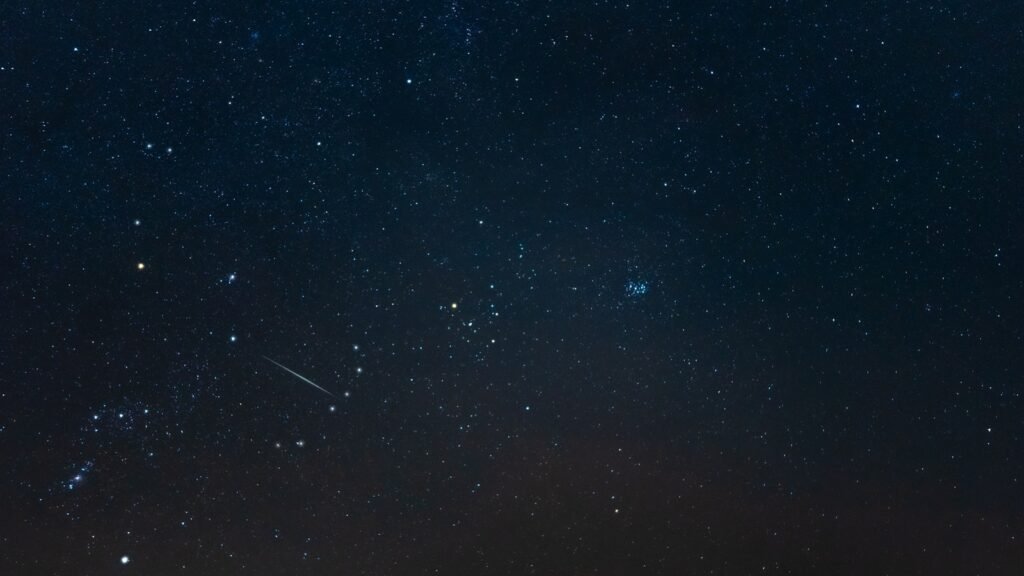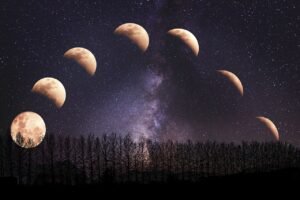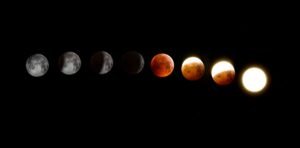
Greetings, Stargazers! 🌌✨
Upcoming Celestial Insights are set to dazzle the night sky as we journey through the next month. From captivating meteor showers to brilliant planetary alignments, there’s plenty to look forward to. Let’s dive into the astronomical highlights from October 29th, 2024, and beyond, with all the details you need to enjoy these spectacles.
🌠 Upcoming Celestial Insights from October 29 – December 2024
🌠 Orionids Meteor Shower
- Peak Night: October 21-22, 2024 (visible until early November)
- Viewing Location: Best seen from the Northern and Southern Hemispheres
- Details: The Orionids are known for their bright and fast meteors, which are remnants of Halley’s Comet. Under clear, dark skies, you can expect to see up to 20 meteors per hour. Find a spot away from city lights and enjoy the show.

🌌 Milky Way Visibility
- Best Viewing: Throughout October and November
- Viewing Location: Best seen in areas with little to no light pollution, such as rural areas or designated dark-sky parks
- Details: The Milky Way will be visible across the sky, offering a spectacular view of our galaxy. Look for a dark, clear night to see the bright band of stars stretching across the horizon.

🌠 Taurids Meteor Shower
- Peak Night: November 4-5, 2024
- Viewing Location: Visible from both the Northern and Southern Hemispheres
- Details: The Taurids are less prolific but can produce bright fireballs. Its slow-moving fireballs, can be best observed after midnight. This meteor shower is divided into two streams: the South Taurids and North Taurids, offering a prolonged viewing period. To maximize your viewing experience, find a dark sky location. Check out the International Dark-Sky Association for nearby dark sky parks and preserves. For more details, visit EarthSky’s Taurid Meteors Guide.

🪐 Saturn and Jupiter Conjunction
- Date: November 10, 2024
- Viewing Location: Best viewed from the Western Hemisphere
- Details: Saturn and Jupiter will appear very close to each other in the sky. This conjunction is a great opportunity to see both gas giants in the same field of view through a telescope.

🌕 Super Beaver Moon
- Date: November 25, 2024
- Viewing Location: Visible worldwide
- Details: The Super Beaver Moon will be the closest full moon of the year, appearing larger and brighter than usual. This full moon was named by Native American tribes who set beaver traps before the swamps froze to ensure a supply of warm winter furs.

🌟 Leonids Meteor Shower
- Peak Night: November 17-18, 2024
- Viewing Location: Best seen from the Northern Hemisphere
- Details: The Leonids are known for their fast meteors and occasional meteor storms. This year, expect around 15 meteors per hour under ideal conditions. The meteors radiate from the constellation Leo.

Upcoming Celestial Insights: Optimal Viewing Tips
- Find a Dark Spot: Light pollution can hinder your view. Aim for rural areas or designated dark-sky parks.
- Check the Weather: Clear skies are crucial for stargazing. Use weather apps to find the best nights.
- Get Comfortable: Bring a blanket or reclining chair. Lying down makes it easier to watch the sky for extended periods.
- Use Apps: Star-gazing apps can help you identify constellations, planets, and other celestial objects.
Space Travel Update
🚀 SpaceX Crew Mission
- Date: November 15, 2024
- Details: SpaceX is set to launch another crewed mission to the International Space Station. This mission will include scientific experiments and further tests for long-duration spaceflight capabilities.

Inner Links:
- Explore more about the Harvest Supermoon Eclipse.
- Learn the details of a Lunar Eclipse.
- Dive into the mystery of Earth’s Temporary Second Moon.
- Don’t miss our recap of October 2024 Celestial Events.
- Get insights into the future of Space Tourism.
Stay tuned to MettaWings for more updates, tips, and cosmic insights. Remember to look up and enjoy the beauty of the universe.
Clear skies and happy stargazing! ✨




